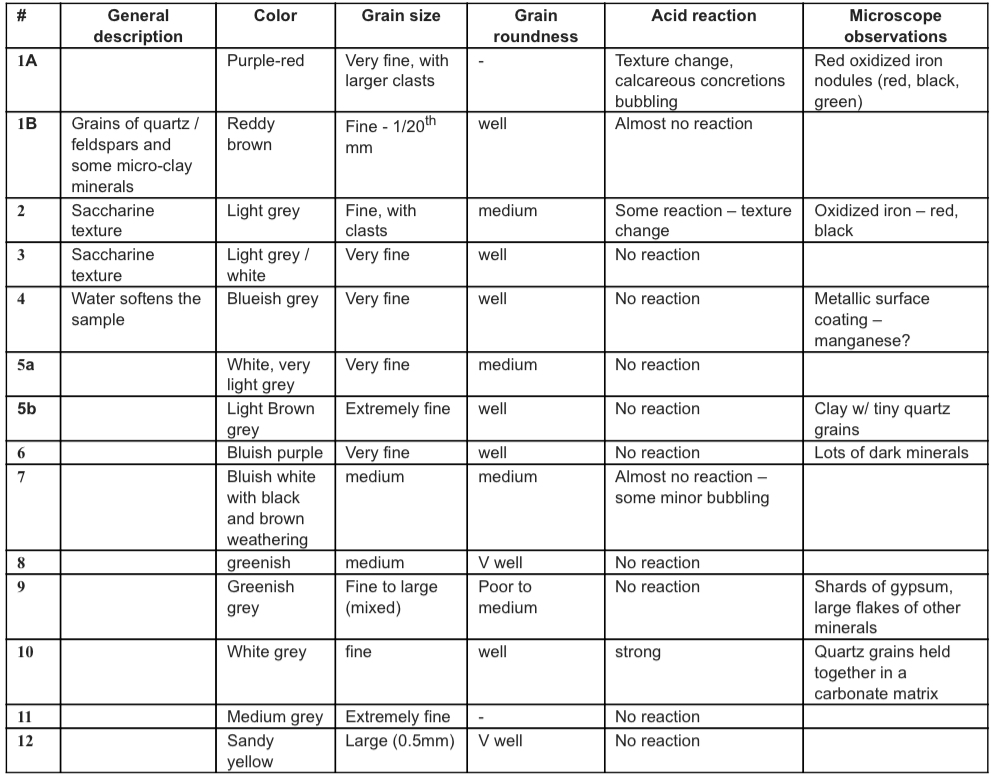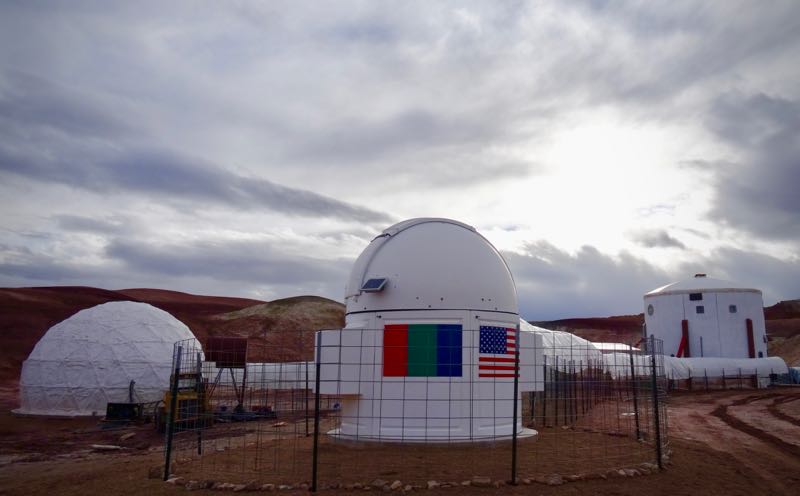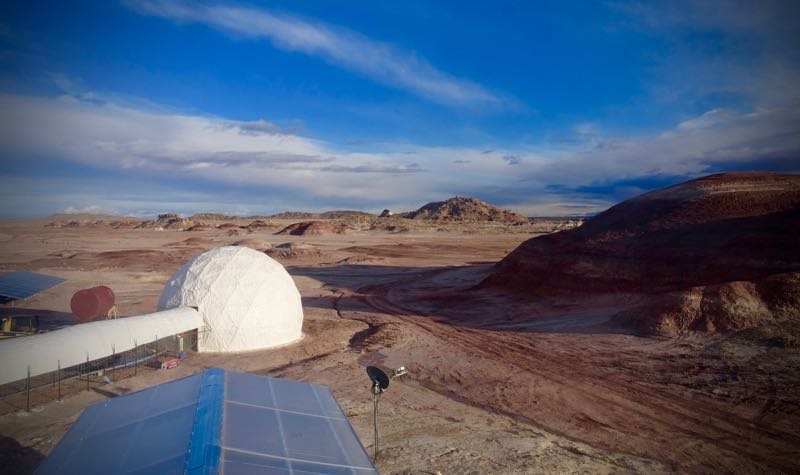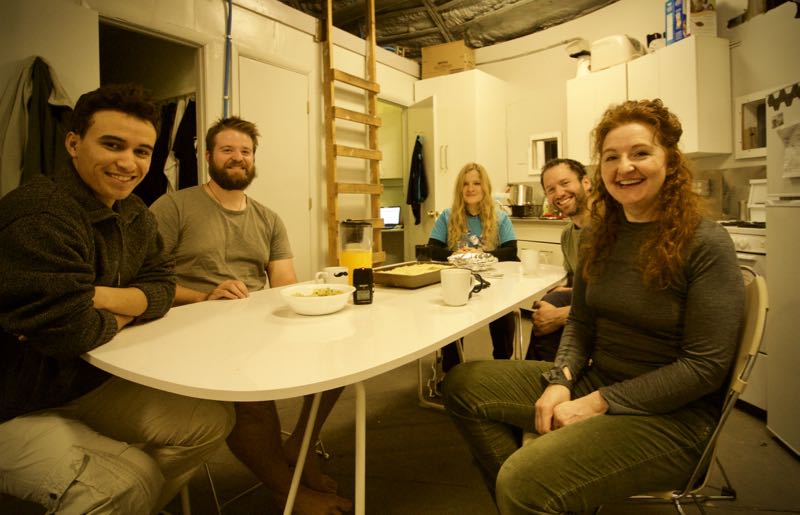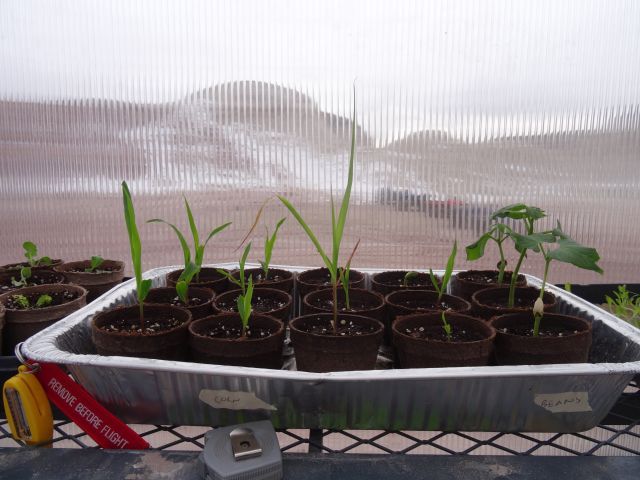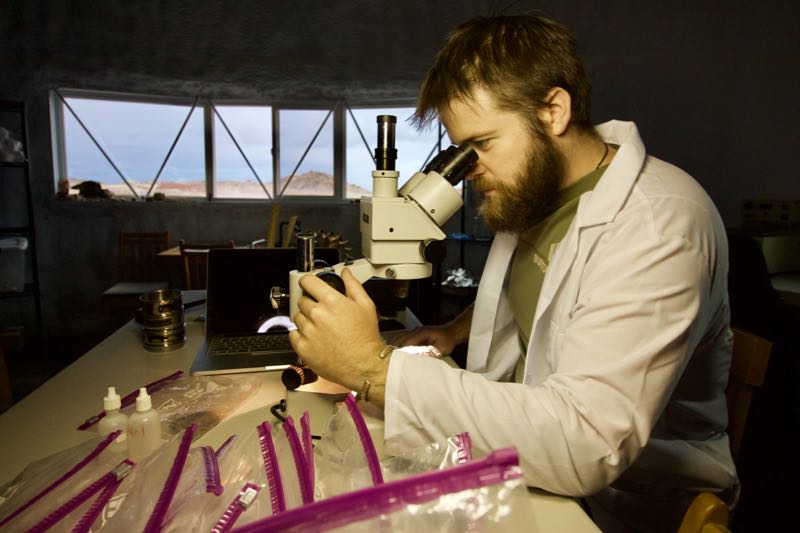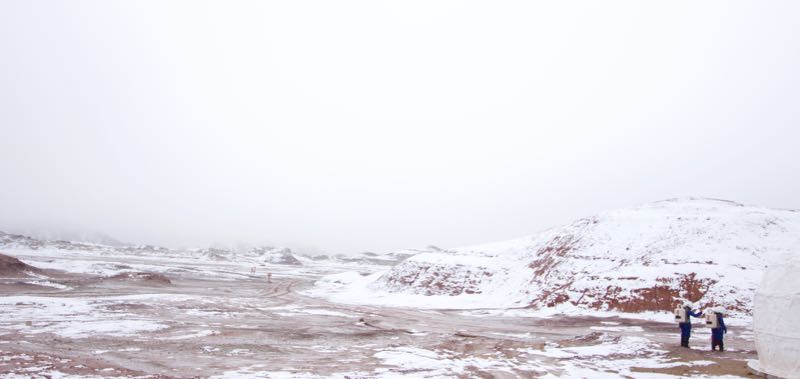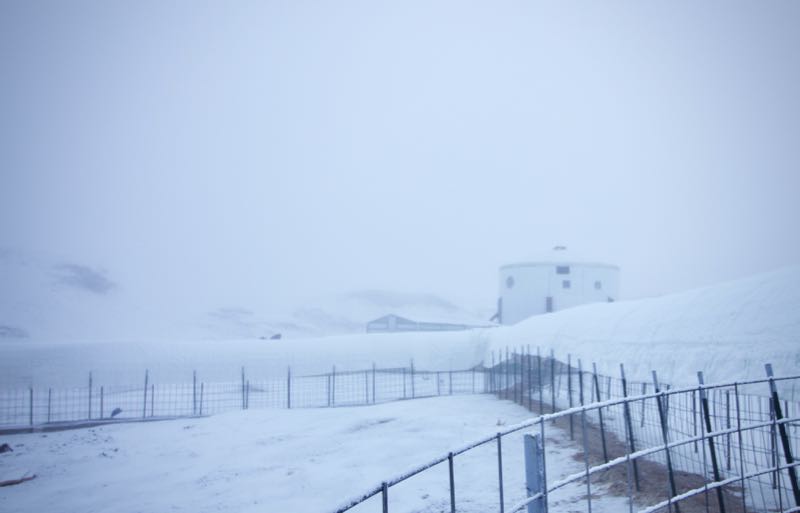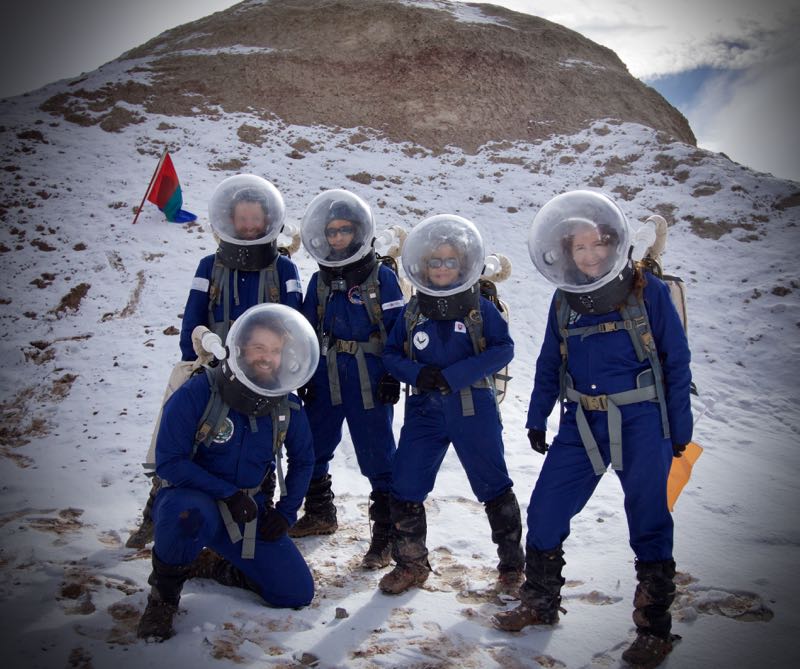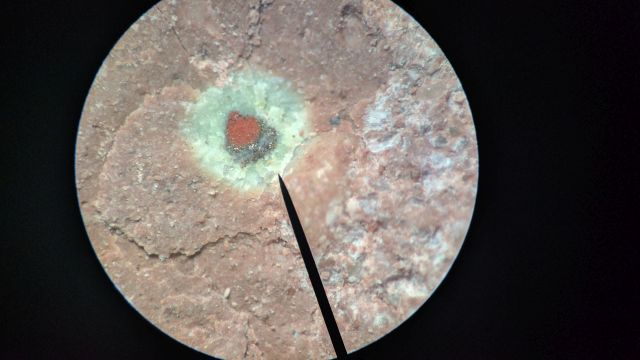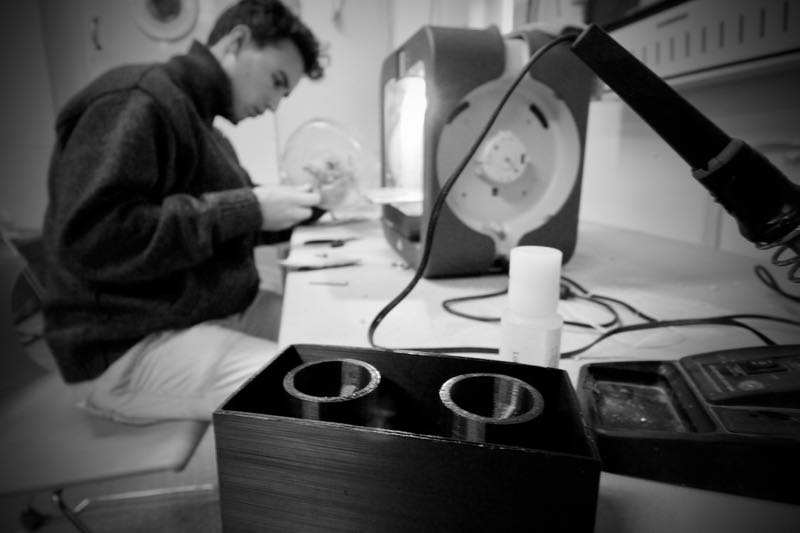MDRS Sol Summary Report for Sol 6
Crew Engineer Idriss Sisaid
Summary Title
Without the skills of MacGyver, Mark Watney would have died, alone.
Mission Status:
The first generation of Martians certainly need to do a lot with very few things. The resources being scarce, it is vital to make the most of every single resource and react quickly when a failure occurs. Often, the best solutions are the simplest…
Sol Activity Summary:
Growing plants on Mars is one of the most important objectives. The resupplies from Earth are very rare (owing to the trip being very long) and aliens, assuming they were edible, still have a tendency to hide from us. This means the only source of food at our disposition is a limited amount of freeze-dried food sent from our home planet and any plant or vegetable that we can grow up here.
Our best astrobiologists here on Mars are called Rick Blake and Michaela Musilova, and they are doing their very best to make us switch into becoming space vegetarians. While our plants are growing, we still keep it to our daily highly-nutritious routine: breakfast with stone-hard cereals with powdered milk that can last forever. Of course, I can’t skip the orange juice made from some mysterious dried chemical powder. We have wondered whether it was the left-over from a hospital, back in our home planet, as it does look like we are taking chemotherapy at every meal. However, that is part of the daily life of a Martian.
Everything in space wants to kill you. That is a fact, and you do need to be smart otherwise you become a Martian corpse (not fun). Amongst these things that want you to sleep forever on Mars, the two masters of death that are particularly dreadful are called radiation and low-pressure atmosphere. As humans, we need to find shields and put our weak bodies in an acceptable range of temperature and pressure. In order not to bring everything from Earth (which would be too complex), we need to build them here. 3d-printing habitats and shelters is one solution that we are investigating. If we can manufacture bricks that can be assembled into infrastructures that can hold the pressure and which can provide extra-radiation shielding, then our weak bodies will be saved by our strong brains. Today, on Sol 6, as the crew engineer responsible to the project, I managed to repair the 3d-printer (again) and it seems like our first bricks are finally coming along.
I was told that geologists can go nuts when they don’t find the rocks that they seek, but, when they do, they can become the epitome of happiness. Our geologist confirmed that theory today. Roy taught me how to detect carbonates in the rocks that we collected together a few Sols ago. He has finally found the rocks he was looking for and I must admit it’s very cool to see the bubbles of CO2 evaporate when he pours acid (OHCl) into the carbonates, reacting with the calcium anchored into the rocks. Understanding where we put our feet is not only important for science but also on an engineering perspective: if I need to build something using the Martian soil, then I’d better ask for Roy’s advice before I start doing anything!
Finally, it is obvious that we are millions of miles away (I love the music with that title by Kim Wilde by the way) and roughly 7 billion people on Earth do not give a single piece of attention to what we do here. However, Niamh, as a perfect example of Irish people, does her best to diminish that number. Outreach is important not only to inspire the next generation of Martians who will replace us but also to show to the world that we are one. Roy is from Israel and has Jewish ancestors, I am from France with Berber origins and I grew up with Muslim traditions, Michaela is a strong woman from Slovakia and she is our commander, Rick is from Australia and Niamh is Irish and grew up in a Christian family belonging to the Church of England. Yet, we are the best friends in this entire planet and we want to prove the world that, hand in hand, we can build a better future.
Look Ahead Plan:
Team PRIMA holds to its mission statement to prove the concept of ISRU 3D printing of interlocking building blocks filled with local Martian regolith, as means of future technology to build more habitats on Mars, other than the vanguard MDRS. The astrobiologists and geologist will be continuing with their projects to better understand this alien planet and its inhabitants.
Anomalies in work:
The main static tank that provides water to our hab, is leaking. As an engineer, I will refer to the god of maintenance: tape. We are requesting mission support to guide us in this difficult task otherwise, god will repair the problem.
Weather:
The sun has appeared again today and strong winds have helped drying up the soil. The wind is however very strong and can pose problems to the future EVAs if it keeps its intensity.
Crew Physical Status:
The crew is in good shape, at least, until the cancer juice gets us.
EVA:
Roy and Michaela went on an EVA and sampled rocks for their projects. As a simple-minded engineer, I don’t see why they are driving miles away to find rocks in a planet made of approximately 100% of them! Of course, I am joking. Michaela was seeking for endoliths, which are extreme micro-aliens living in rocks, and Roy sampled more rocks for carbonates. Their EVA was also an occasion to correlate their research with the geography and the location (using a precise GPS, made possible by the swarm of satellites copied from Earth and pasted to the Martian orbits). Looking forward to my next EVA tomorrow!
Sign off = activated;
Dreams = Sweet.
// From your favourite crew engineer.
